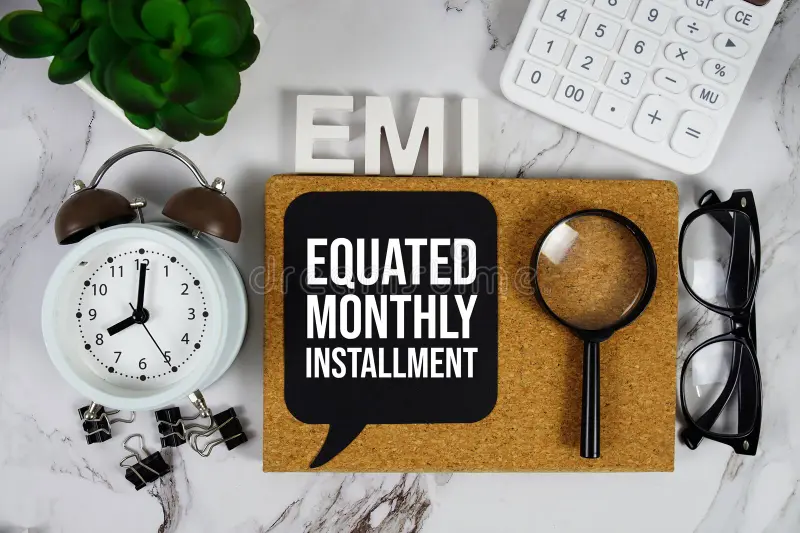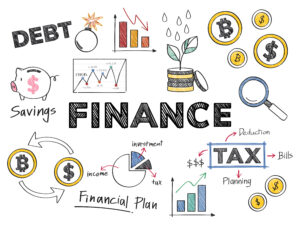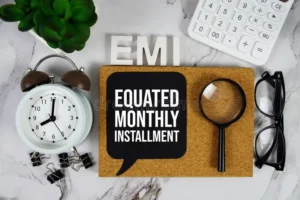Student Loan Survival Guide: Repayment, Forgiveness, and Tips for Graduates
Graduating college is an exciting milestone, but for millions of people worldwide, it also comes with a heavy burden—student loans. Balancing repayment with starting your career, paying rent, or even saving for the future can feel overwhelming. The good news is that with the right strategies, you can manage your student loan debt, explore forgiveness opportunities, and set yourself on a path toward financial freedom.
This student loan survival guide covers repayment strategies, forgiveness programs, and practical tips to help graduates take control of their finances.
Understanding Student Loans
Before diving into repayment and forgiveness, it’s important to know what type of loan you have. Most graduates fall into two categories:
- Federal/Government Loans – Often have lower interest rates, income-driven repayment options, and forgiveness programs.
- Private Loans – Provided by banks or financial institutions, usually with fewer flexible repayment options.
👉 Always check your loan terms, interest rates, and repayment start dates before planning your strategy.
Step 1: Know Your Repayment Options
1. Standard Repayment Plan
This is the most common repayment method. You’ll make fixed monthly payments over 10 years. While payments may be higher than other plans, you’ll pay less in interest overall.
2. Graduated Repayment Plan
Payments start smaller and increase every two years. This plan works well if you expect your income to rise steadily after graduation.
3. Income-Driven Repayment (IDR) Plans
For federal loans, income-driven repayment ties your monthly payment to your earnings. Options include:
- Income-Based Repayment (IBR)
- Pay As You Earn (PAYE)
- Revised Pay As You Earn (REPAYE)
- Income-Contingent Repayment (ICR)
👉 These plans can reduce your monthly payment, but may extend the repayment period.
4. Refinancing and Consolidation
If you have multiple loans, consolidation can simplify repayment into one bill. Refinancing (through a private lender) may lower your interest rate but comes with trade-offs, like losing access to forgiveness programs.

Step 2: Explore Loan Forgiveness Options
Public Service Loan Forgiveness (PSLF)
If you work full-time in government or nonprofit organizations and make 120 qualifying payments, the remaining loan balance may be forgiven.
Teacher Loan Forgiveness
Educators who teach in low-income schools for at least five years may qualify for partial loan forgiveness.
Income-Driven Repayment Forgiveness
After 20–25 years of payments under IDR plans, the remaining balance may be forgiven.
👉 Always confirm eligibility requirements on official sites like Federal Student Aid.
Step 3: Smart Repayment Strategies
Make Extra Payments When Possible
Even paying an extra $20–$50 a month toward your loan principal can reduce total interest costs.
Automate Your Payments
Many lenders offer a small interest rate reduction when you set up automatic payments. Plus, it ensures you never miss a deadline.
Target High-Interest Loans First
If you have multiple loans, focus on paying down the one with the highest interest rate while making minimum payments on others. This is often called the avalanche method.
Step 4: Money Management Tips for Graduates
1. Create a Simple Budget
Track your monthly income and expenses. Free apps like Mint, YNAB, or PocketGuard can help.
2. Build an Emergency Fund
Even while paying off loans, set aside at least $500–$1000 for unexpected expenses. This prevents you from relying on credit cards.
3. Avoid Lifestyle Inflation
It’s tempting to spend more once you get your first job. Instead, keep expenses modest and direct the extra money toward your debt.
4. Consider Side Income
Freelancing, remote work, or gig jobs can help you pay off loans faster. Even an extra $200 per month can make a huge difference.
5. Take Advantage of Employer Assistance
Some companies offer student loan repayment assistance as part of their benefits package. Check with your HR department.

Step 5: Avoid Common Student Loan Mistakes
- Ignoring repayment notices – This leads to default and damages your credit.
- Only making minimum payments – While easier short-term, it increases interest costs.
- Not researching forgiveness programs – Many graduates miss out on savings.
- Using deferment unnecessarily – It can increase your loan balance over time.
The Mental Side of Student Loans
Student debt can cause stress and anxiety. Remember, you’re not alone—millions are in the same boat. Stay proactive, ask for help, and celebrate small victories along the way.
Conclusion: Take Control of Your Future
Student loans don’t have to define your financial life. By understanding repayment plans, exploring forgiveness programs, and adopting smart money habits, you can manage debt with confidence. The sooner you take control, the faster you’ll achieve financial freedom.













1 comment